Free-Form Geometries
Free-form geometries in contemporary architecture –dimensional rules of Folded, Blob and Formlessness architecture
Anas Hameed Majeed1, Huda Al-Alwan1, Nazar Oukaili2
1Department of Architectural Engineering, College of Engineering, University of Baghdad, Baghdad, Iraq.
2Department of Civil Engineering, College of Engineering, University of Baghdad, Baghdad, Iraq.
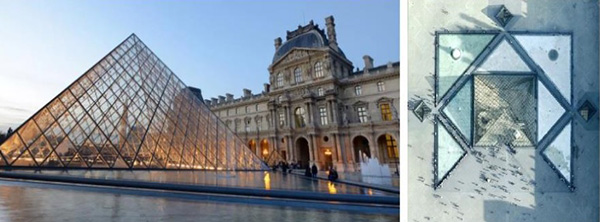
Figure 1. The glass pyramid at the Louvre in Paris
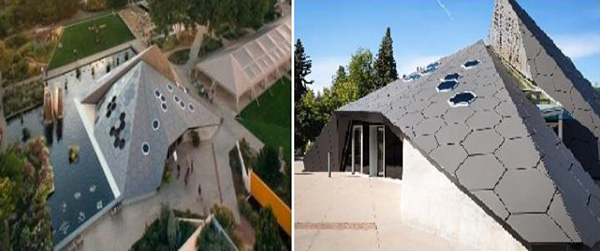
Figure 2. Pyramid of Botanic Gardens Science in Denver
The style of Free-form Geometry (FFG) has emerged in contemporary architecture within the last three decades around the world through the progress of digital design tools and the development of constructive materials. FFG is considered as the hard efforts of several contemporary architects to release their products from familiar restrictions to discover new and unfamiliar styles under the perspective of innovation.

Figure 3. Different results on a simple shapes according to various possible effects
Many contemporary architects seek to recognize their forms and facilitate dealing with according to specific dimensional rules. The main research problem is the lack of knowledge, in the field of architecture, in previous literature about the formation processes in achieving FFG in contemporary architecture as a response to the new requirements that make architecture more flexible in the final expression and breaking away from regularity.

Figure 4. Lines’ behaviour: Positive-curved lines and Negativecurved lines
Thus, this paper aims to establish a theoretical framework to determine dimensional rules as formation techniques and utilize them as tools in designing processes, to finally benefit to attain several free-form geometries in architecture now and in the future. The research results confirm the importance of dimensional rules in the designing processes as an effective contribution to achieving FFGs in contemporary architecture.

Figure 5. Positive-curved lines guide the geometry of Kresge Auditorium in Cambridge [10].
Free-form geometries (FFGs) were regarded as one of the expressive appearance in modern architecture with the technical developments of reinforced concrete. FFGs have emerged strongly in contemporary architecture with the progress of digital designing tools and the technical development of steel which achieves an innovative architectural structure with excellent load-bearing solutions and an applicable aesthetic architectural style.

Figure 6. Negative-curved lines guide the geometry of Chapel of Notre Dame du Haut in Ronchamp
The eye-catching effect of the FFG can inspire new notions for contemporary architecture. FFGs were distinguished for the first time in architecture through the pioneer works of Frank Gehry via applicable and flexible surfaces. These surfaces had the abilities, by their geometries, to unfold or bend in several different directions without tearing or failing.

Figure 7. Mixing the positive and negative curvatures in The NeuroSpin Building in Paris
The lack of knowledge, in the field of architecture, in previous literature about the formation processes in achieving FFG in contemporary architecture as a response to the new requirements that make architecture more flexible in the final expression and breaking away from regularity, represents the main research problem. Therefore, This paper assumes that folded, blob, or formlessness geometries have specific dimensional rules that had an impact on FFG in architecture now and in the future.

Figure 8. Hyperbolic parapolid structures of Warszawa Ochota railway station in Warsaw
According to this perspective, the following paragraphs tackle the main research problem through four main axes: the first axis introduces the main notions of the paper including the general relationship between form and geometry, the concepts of form versus shapes, and interactive expressions for forms and shapes.

Figure 9. Complicated geometries guided by cut-pieces with curved-lines of Opera Sydney House in Australia
The second axis deals with the role of geometry as a starting stage in the architectural design process, including several guide methods to achieve various geometric forms. The third axes include data analysis of FFG and categorizes them into folded, blob, and formlessness geometries.

Figure 10. Complicated geometries by joining pieces with curvature lines of TWA Terminal roof in New York
Form and shape can be distinguished according to their two- or three-dimensional appearance. Ching distinguished between them according to dimensionality, form’s depth as a third dimension as well as width, and height is notable, while the shape has two dimensions. Also, shapes can be classified as either geometric or free-form.

Figure 11. Curvatures’ joints of Candela’s Lotus Flower Building in Mexico City
Geometries are defined by mathematical formulas, which means, mathematical formulas can be presented by the geometric graph. Circle, square, triangle is considered as standard, ordinary, and regular geometric shapes. Oval, rectangular, octagon, parallelogram, trapezoid, pentagon, and hexagon are considered as derivations from these regular forms. Otherwise, free-forms, as organic, non-standard, irregular shapes, are the deformation of these mentioned earlier by changing the amount and direction of the depths.
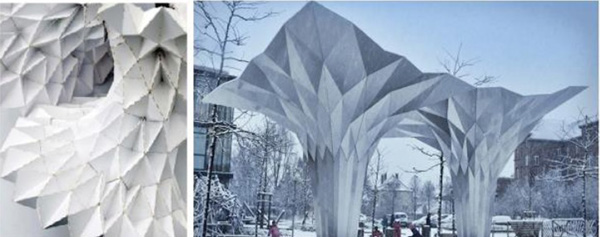
Figure 12. Rigid (segmented) folding geometries and its application on Origami Pavilion in Shinto
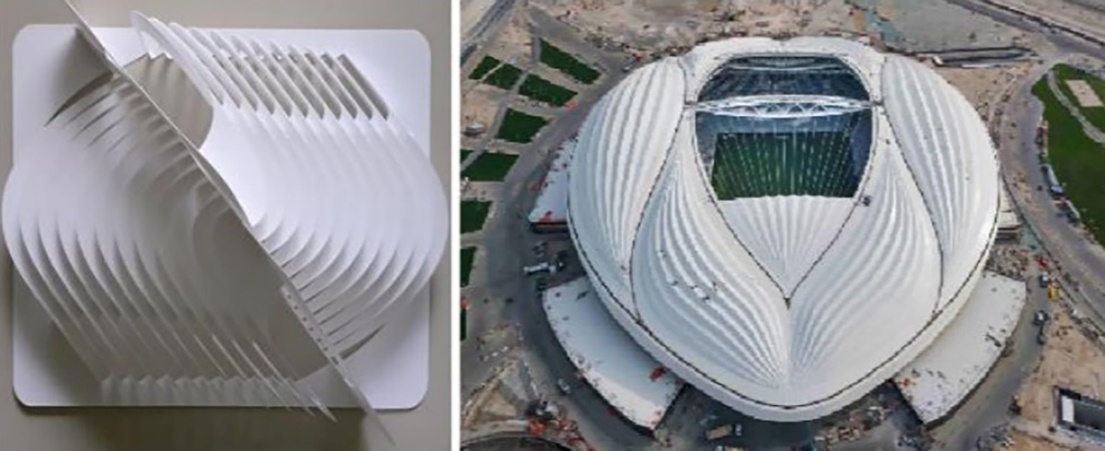
Figure 13. Flexible (curved) folding geometries of Al-Wakrah Stadium in Qatar
For example, square and triangle shape; while the free-form geometrical version of these shapes can be as bent cubes or twisted cones via several ways of transformations. Architects, with the novel imagination and digital tools, use both forms and shapes with their potentialities to represent the new.
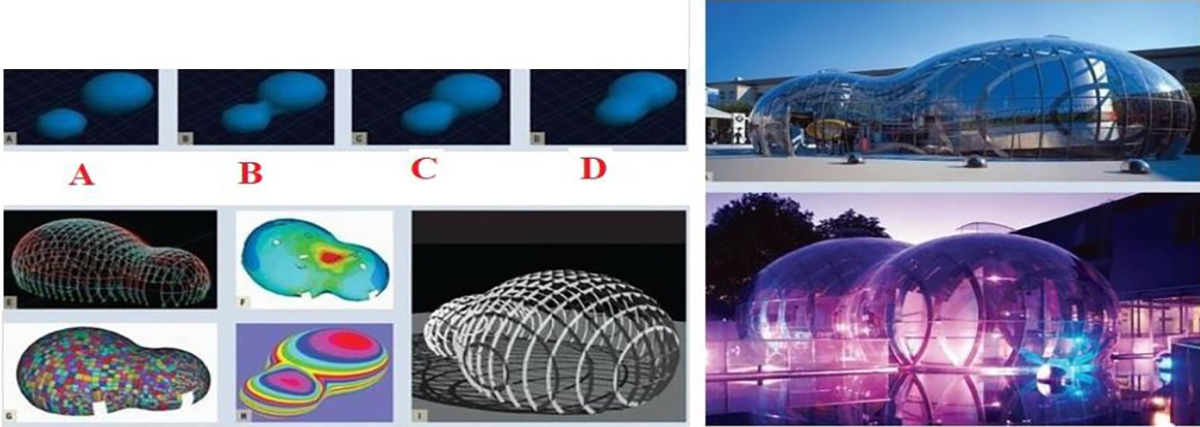
Figure 14. Blob form of BMW Bubble Pavilion in Germany
Geometry is the starting stage in the architectural design process, it is related to mathematics as principals in classic architecture, such as Greek architecture. Therefore, geometry is a branch of mathematics concerned with shape, size, positions, and properties. It arose earlier as knowledge concerning one-dimension (length, bar), two-dimensions (area, surface), and three-dimensions (volume, space), with elements of a formal science.

Figure 14. Blob form of BMW Bubble Pavilion in Germany
Later, geometry became more attractive in the architectural design process with great innovations from form-finding stages to the final fabrication. Advanced digital tools provide a variety of options for efficient design, analysis, and fabrication of free-form geometry, which opens new possibilities for architecture and new problems to geometry that poses the architectural context. As we know the geometry of the object has a real effect on designing via the vision attraction in order to win the eyecatching.
The digital design provides a high potentiality of new expertise in designs of free-form geometry. Helmut Pottmann confirmed that geometry is a potential effect to create a new approach of free-form design that is considered for structure. Therefore, the knowledge of geometry is one of the major principles in architectural design. Much consideration has been given to this topic with the start of free-form geometry in architecture and architectural geometry is becoming unfamiliar with more complicity and complexity.

Figure 17. Project of the Experience Music in Seattle
This paper addresses a topic of free-form geometries in contemporary architecture, which tries to release from the Euclidean principles, by distinguishing remarkable global examples. Analyzing the geometrical implementation of these examples can be considered as principal clarification for this contemporary style. Thus, dimensional rules, as a result of the geometrical analysis, will help to suggest few extensions with new applications to obtain an infinite number of potentialities according to their assemblage of geometrical components.




























Comments